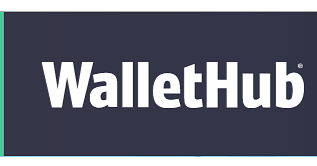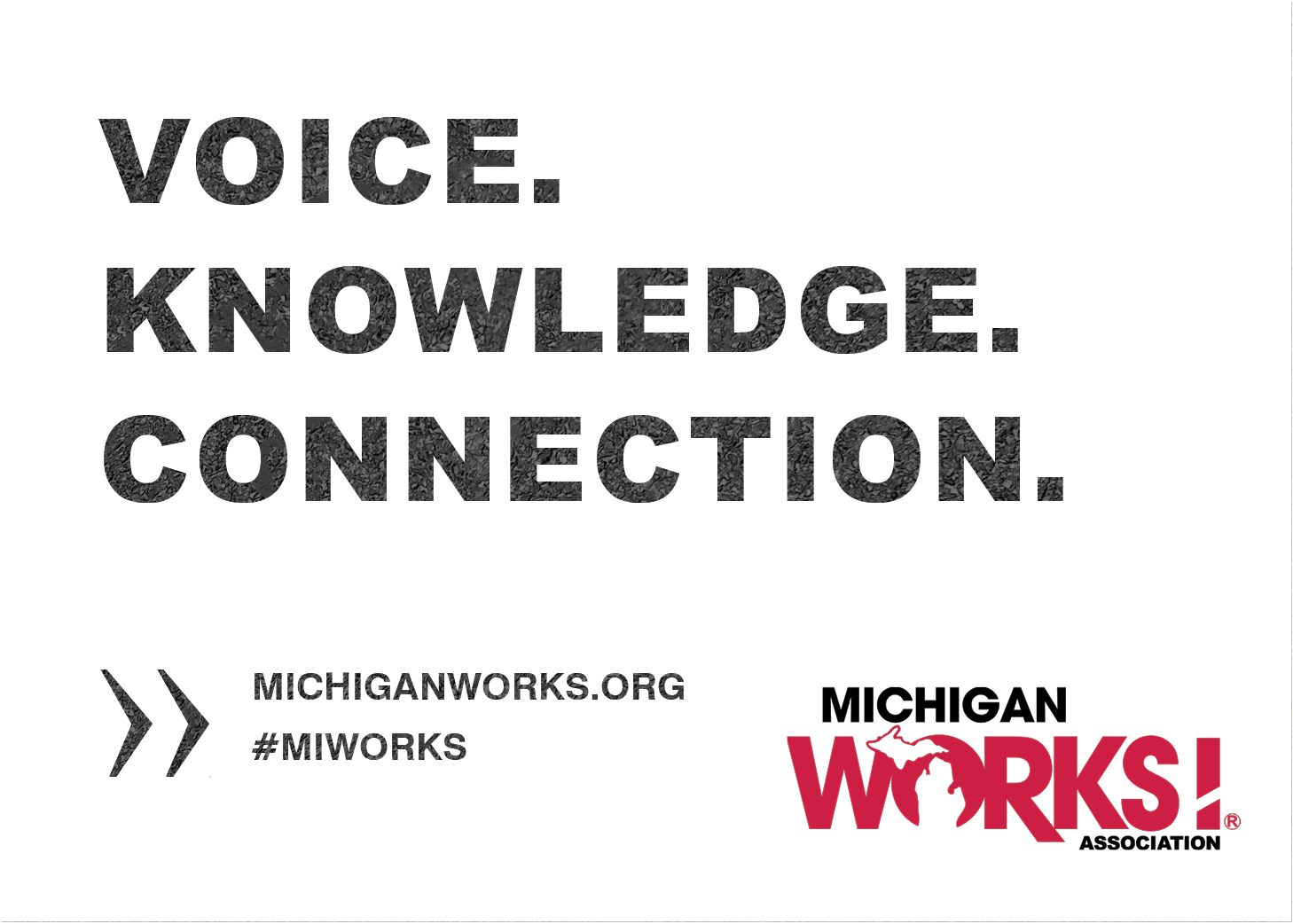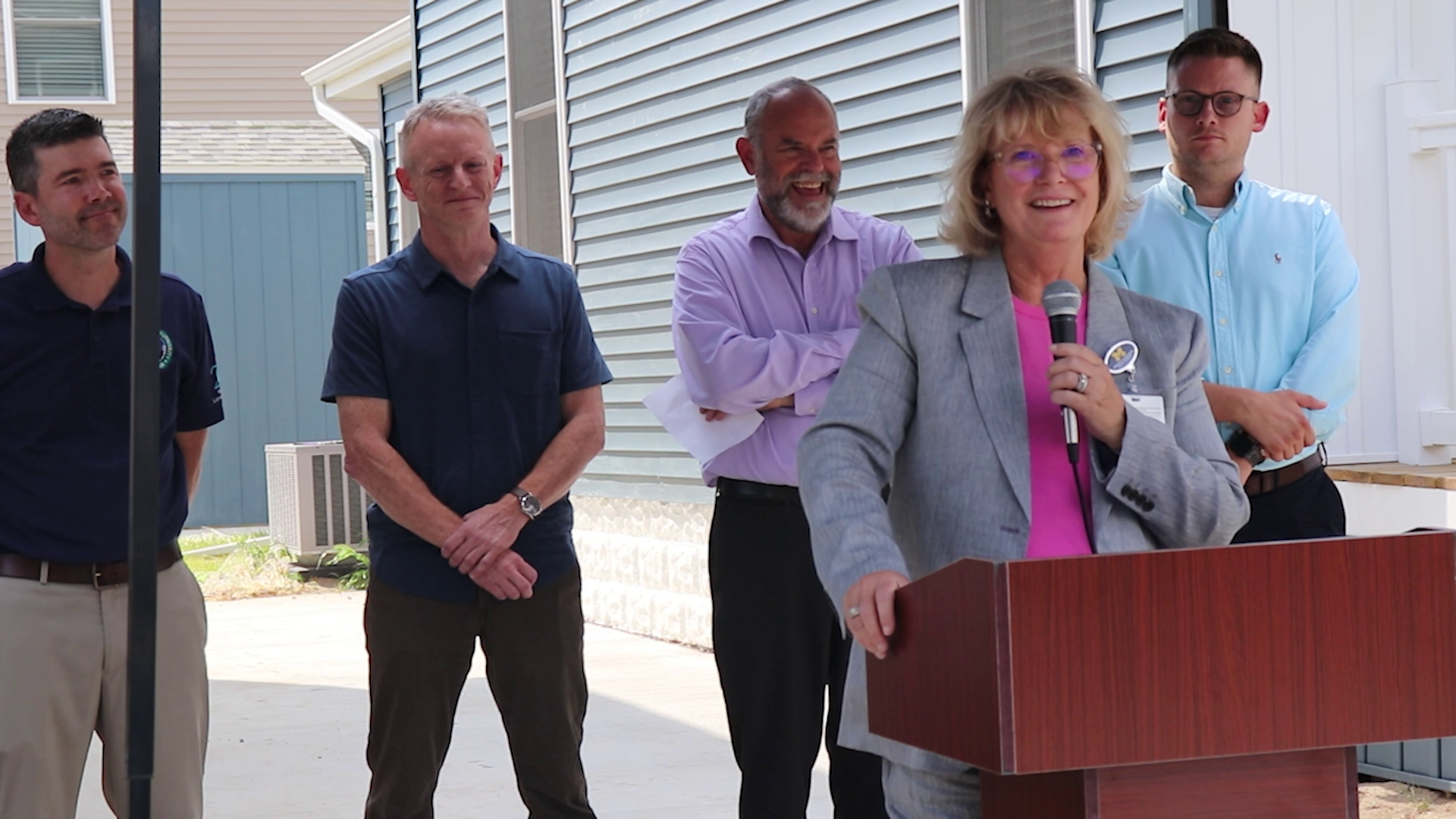 New unemployment claims decreased by 1.3% week-over-week on August 4, and were also 1.3% lower compared to the same week last year. To help add some context to these statistics, WalletHub just released updated rankings for the States Where Unemployment Claims Are Decreasing the Most.
New unemployment claims decreased by 1.3% week-over-week on August 4, and were also 1.3% lower compared to the same week last year. To help add some context to these statistics, WalletHub just released updated rankings for the States Where Unemployment Claims Are Decreasing the Most.
Key Stats:
- The following states had unemployment claims last week that were lower than in the previous week: Florida, North Carolina, Texas, Maryland, Mississippi, South Carolina, Kentucky, Nevada, Pennsylvania, Illinois, New Jersey, Oklahoma, Missouri, Louisiana, Arkansas, Maine, New Hampshire, Virginia, Alabama, Iowa and the District of Columbia and Montana’s claims remained unchanged.
- The news was mixed for Michigan, coming in at #31, it’s in the bottom half, but still basically in the middle of the pack for states.
- Surprisingly, 24 states – including Rhode Island, Oregon, Wyoming – and the District of Columbia had unemployment claims last week that were worse than the same week last year.
| Decreased Most Last Week | Decreased Least Last Week |
| 1. Iowa | 41. New Jersey |
| 2. Arkansas | 42. Minnesota |
| 3. Alabama | 43. Kentucky |
| 4. Montana | 44. Illinois |
| 5. Wisconsin | 45. Massachusetts |
| 6. Louisiana | 46. Wyoming |
| 7. Maine | 47. California |
| 8. Arizona | 48. Connecticut |
| 9. New Hampshire | 59. Oregon |
| T-10. Indiana | 50. District of Columbia |
| T-10. Mississippi | 51. Rhode Island |
To view the full report and your state’s rank, please visit:
https://wallethub.com/edu/states-unemployment-claims/72730
Expert Commentary
Do you think the hiring dynamic is currently tilted in favor of employees or employers?
“While low and falling unemployment rates might suggest leverage for employees, the overall hiring dynamic is more nuanced. Many employers are regaining ground by requiring more in-person work, which will reverse some of the flexibility gained during the pandemic. Still, it varies significantly by industry. Cultural shifts in the workforce and new fiscal policies aimed at encouraging work may also influence the balance. I do not see a clear tilt in either direction overall – the hiring dynamic depends heavily on sector, role, and region.”
Cathy Carey, Ph.D. – Professor, University of Southern Indiana
“We conduct two monthly surveys here at Creighton University. The first is a survey of manufacturing supply managers in nine Mid-America states, and the second is a survey of bank CEOs in rural areas of ten Mid-America states. Both surveys are telegraphing the same message – the labor market continues to weaken with unemployment rising slightly and employment falling slightly (-0.7% over the past 12 months). Likewise, job openings have fallen to the point that available jobs and the number of applicants are balanced.”
Ernie Goss, Ph.D. – Professor, Creighton University
Given the current circumstances, what trends do you expect to see in terms of unemployment in the foreseeable future?
“Over time, I expect to see increased employment in the manufacturing, energy, and service sectors, spurred by incentives in the One Big Beautiful Bill, which aims to boost domestic production and infrastructure investment. That said, other forces such as automation, the rise of AI, current immigration policy, and broader sectoral shifts like an aging population and the growth of the gig economy will continue to shape employment patterns. While overall unemployment may remain low, the types of jobs and industries that expand will vary significantly.”
Cathy Carey, Ph.D. – Professor, University of Southern Indiana
“Due to the negative impacts of tariffs, and AI, I expect to see unemployment rates tick higher for the rest of 2025. This is already the case for recent college graduates. It will continue to be more challenging for college graduates with higher jobless rates.”
Ernie Goss, Ph.D. – Professor, Creighton University
What are your predictions for the job market as we move forward during 2025 (job gains, hiring confidence, quit rates etc.)?
“There has been a slight uptick in quit rates, while layoffs and discharges remain low, suggesting growing employee confidence – but quit rates still remain lower than pre-COVID levels. I anticipate continued job gains in areas supported by fiscal policy, such as manufacturing and construction, as well as in personal services. Hiring confidence may increase in those sectors, but wage pressure and shifting worker expectations (including the rise in side gigs and demand for flexibility) will continue to challenge traditional hiring models. The market will likely remain mixed, with strength in some sectors and softness in others.”
Cathy Carey, Ph.D. – Professor, University of Southern Indiana
“Uncertainty breeds volatility and volatility pushes individuals to reduce their propensity to quit and forces companies to be less likely to hire. Tariffs, inflation and AI will be the factors pushing companies to the hiring sidelines.”
Ernie Goss, Ph.D. – Professor, Creighton University








